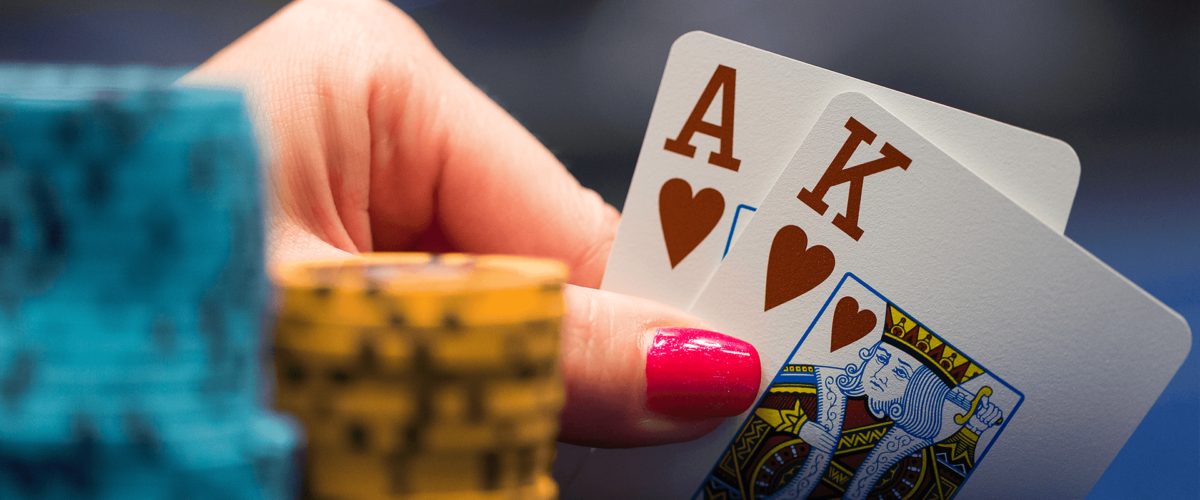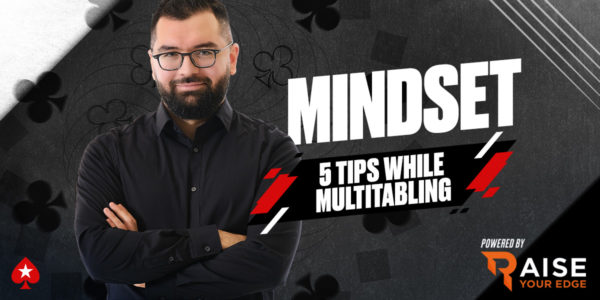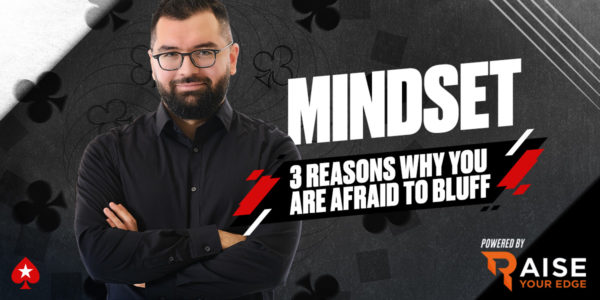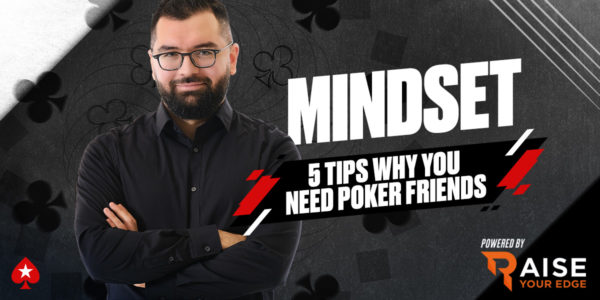Inside the Mind of a Poker Pro – Playing Good Hands
When you have a bad hand, you fold. There is nothing to worry about and the only real decision point is whether or not it will be profitable to bluff or make some other kind of move. When you have a nutted hand, you bet, raise, maybe slowplay from time to time, but again, the decision points are exciting and enjoyable. It is when your hand is good but not great that poker can get more uncomfortable. Today we examine two hands where having a strong but not nutted hand puts us in a close and tricky situation. These hands both happened to me recently at $100NL Zoom on PokerStars.
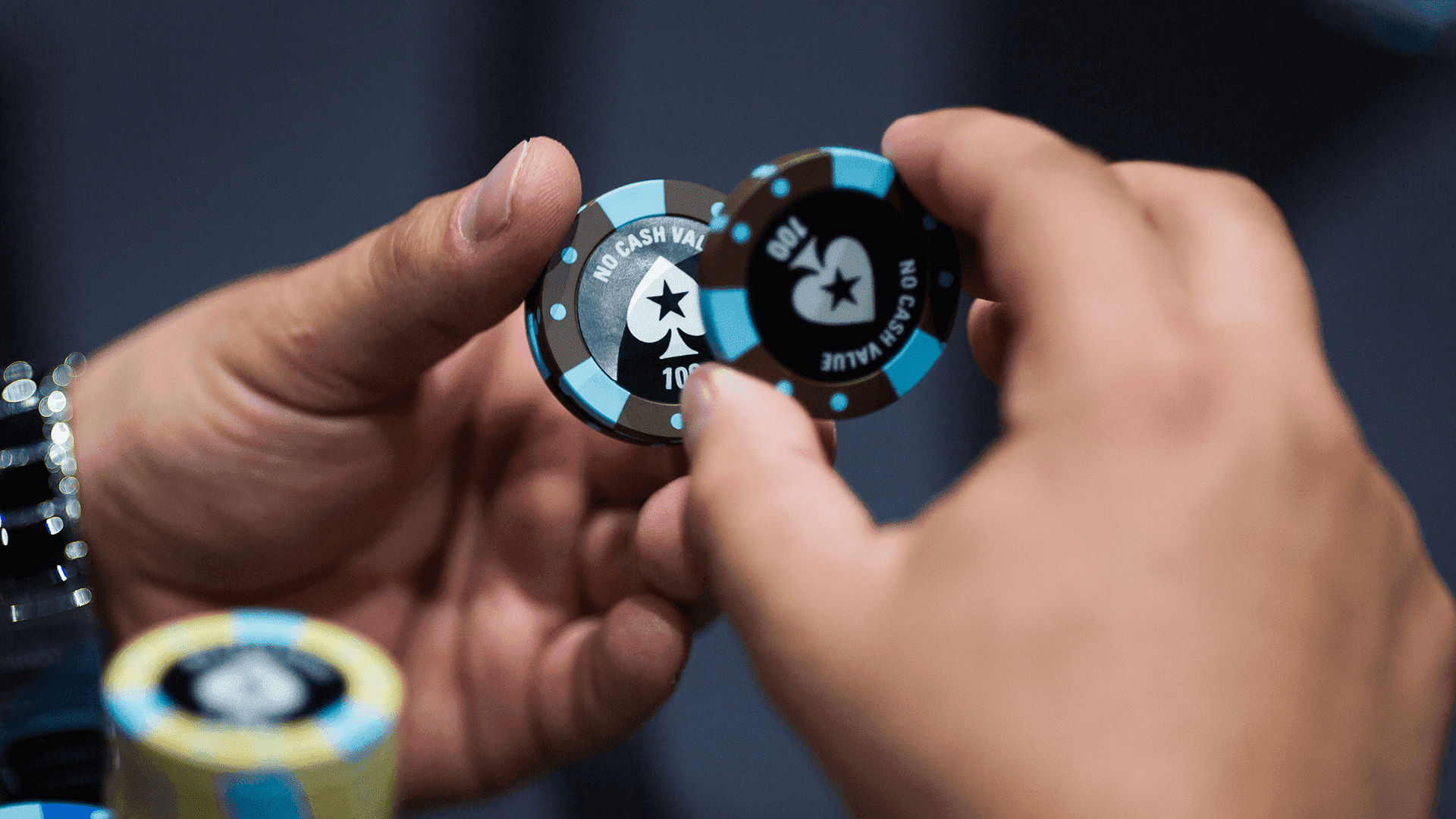

Hand 1 – Two Pair on a Soaking Wet Board
I look down at A♦ J♦ on the BU and, with the BB being $1.00, I open-raise to $2.25. This is my standard size on tougher, reg-infested tables like this one. The BB, who is a fairly active regular 3-Bets me to $10 and I make the call. This part of my range is far too strong to fold unless I want to open myself up to being completely run over by 3-Betting.
The flop ($20.50) is A♠ K♦ J♠ and Villain checks. This is a flop on which my opponent is incentivized to check quite often. Both players can hold a lot of two pair and straights here and so betting with impunity is not a great option. I expect his checking range to be somewhat capped, meaning that he cannot hold the absolute nuts too often now, but I do expect to see some hands like AA and AK that block many of my calling hands to a flop bet. I decide to value bet with large sizing here and make it $13.64 (I have some hotkeys set up hence the obscure sizing!). Villain calls.
The turn ($47.78) brings the 6♥ and Villain checks. Even if I end up rejecting the idea of betting three times for value, now seems to be the best time to make a second value bet than on the river, so I quickly reject checking behind. There are potential river cards that might spoil the day here and make it harder to extract value. I bet $22.70 and Villain calls.
The river ($93.18) is the 8♠ and I have $54.16 left. Do I go for a third value bet when Villain checks? The upside to betting is that I might sometimes get called by KJ or a hand like A8s or A6s. The downside is that if the Villain has a flush, AK or AA/KK, then I am costing myself a lot of money. I elect to check here. It is difficult for me to have a bluff here without being creative earlier on in the hand now. The population does not tend to bluff enough here and so I am expecting too much fold equity from the worst hands in Villain’s range.
We check and Villain shows A♥ 2♥ , he had check/called the flop with top pair and the turn with top pair and a heart draw. It is very likely that he was folding the river in this spot.
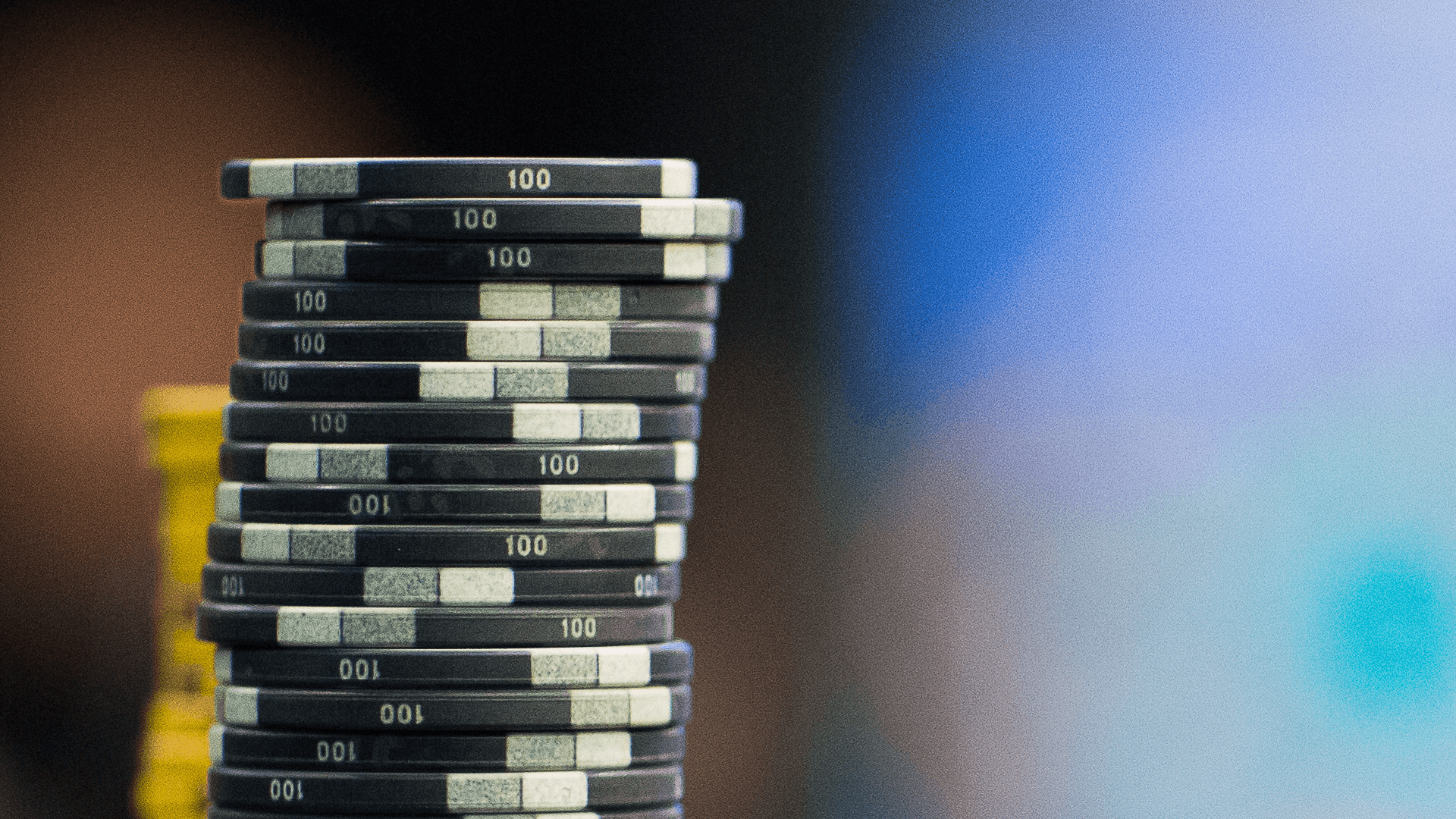

Hand 2 – Trips on a Flush River
In this hand, we open A♦ 7♥ to $2.70 on the BU and get called by an unknown but looser looking recreational in the SB. The BB folds. The reason we pick a larger size in this position is that there are now fewer players to 3-Bet us, but the players who are left to act will be more incentivized to call than they would have been vs. a CO open.
The flop ($6.40) comes K♠ J♣ 5♠ and Villain checks. I have one of the worst hands I could possibly have in this situation but from my HUD I can see that so far Villain has folded to 2 out of 3 continuation bets. I do not have a strong preference either way in this spot and suspect that checking is probably the highest EV line given the poor future prospects of our hand and how few turns we will want to barrel. I elect to bet $4.26 with the following reasoning: A SB calling range can be quite heavy in small to medium pocket pairs. If Villain holds one of these hands I can bet once at a larger size to ensure that they fold very often and give up if called. If Villain happens to have T9, a flush draw, or a hand like QT, then I can bet once for value and then attempt to get to showdown. I’m indifferent here between betting and checking really.
To my disappointment, Villain calls and the turn ($14.92) comes the 7♦ . Villain checks and now that I have some showdown value and very little chance of folding out a better hand, I have a no-brainer check behind.
The river ($14.92) is the double-edged 7♠ and Villain leads out for ($7.09). Our decision is between call and raise. It is possible that Villain can play [Jx] or [Kx] this way and smell a rat when we raise river based on the fact that we have checked back the turn. Most of our flush draws and hands that now have full houses would have bet here, and so, it is a little unclear what we would be representing by raising. On the other hand, the Villain can have a flush here very easily, but there is a catch. Most players would bet larger with a flush here. Villain’s sizing does not make it impossible for him to hold a flush, but it does reduce the likelihood somewhat. If the Villain’s range is more weighted toward the top pair sort of hands, then raising river should be fine. We make it $23 and he calls with K♠ 10♥ . A thin value raise well made.
Continue with the ‘Inside the Mind of a Poker Pro’ series here.


